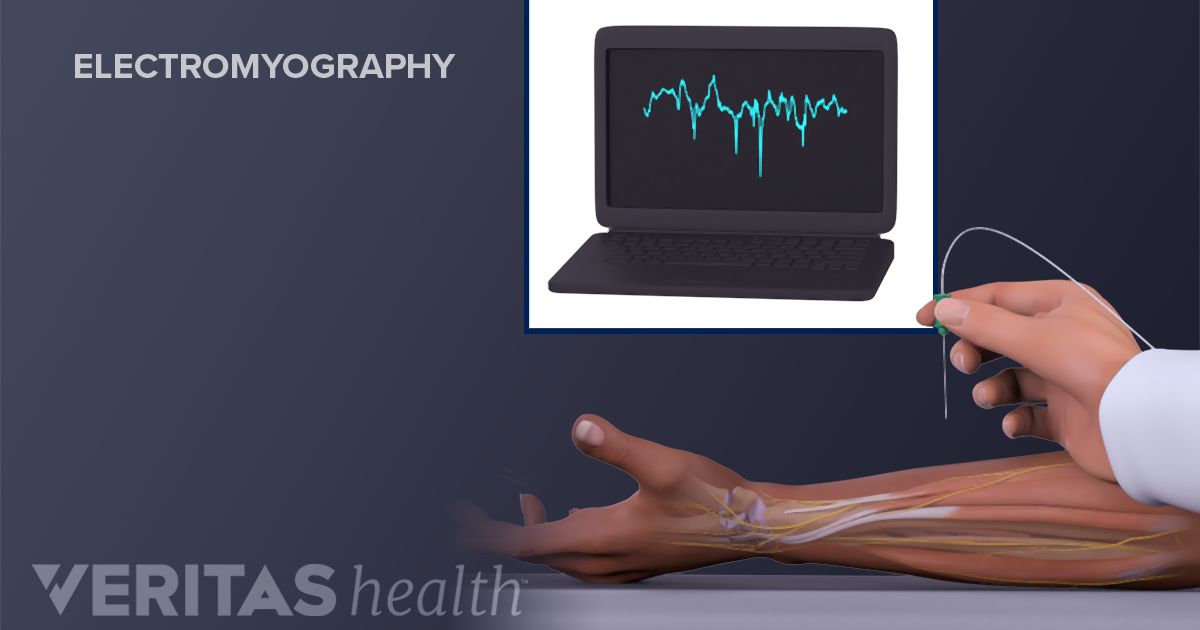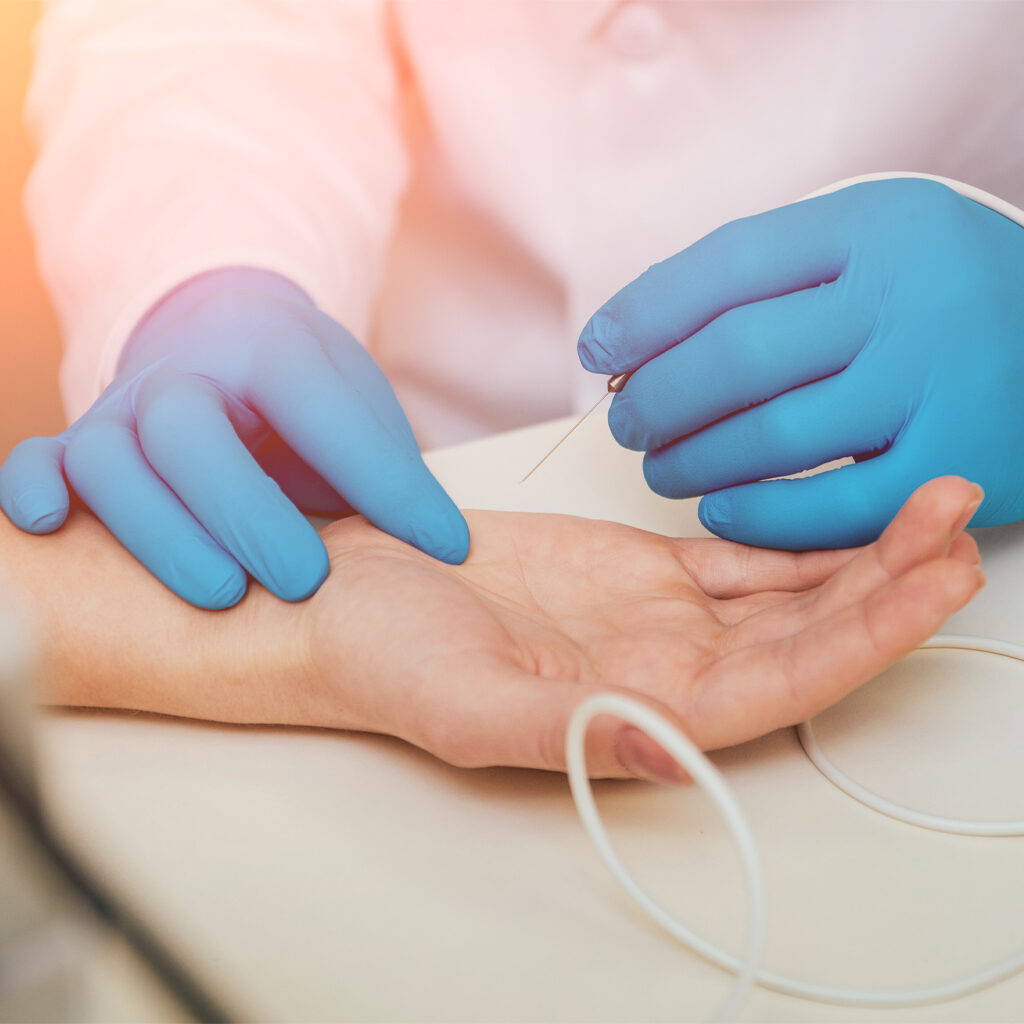

The results from both sides of the body can be compared. The same nerves on the other side of the body may be studied. The speed of the response is called the conduction velocity.


The time it takes for the muscle to contract in response to the electrical pulse is recorded. Several quick electrical pulses are given to the nerve. Then a recording electrode is placed over the muscles controlled by that nerve. An electrode that puts out electric pulses is placed right over the nerve. In this test, several flat metal-disc electrodes are attached to your skin with tape or a paste. The places where a needle was put in the skin are cleaned. When the test is done, the electrodes are removed. The activity may also be recorded on video.Īn EMG may take 30 to 60 minutes. You may hear popping sounds like a machine gun when you contract the muscle. The electrical activity in the muscle is shown as wavy and spiky lines on a video screen. This is done to record the activity in different parts of the muscle or in different muscles. The electrode may be moved a number of times. Then the technologist or doctor asks you to tighten (contract) the muscle slowly and steadily. When the electrodes are in place, the electrical activity in that muscle is recorded while the muscle is at rest. The electrode is attached by wires to a recording machine. The skin over the areas being tested is cleaned. Or you may sit in a chair that leans back so your muscles are relaxed. You will be asked to lie on a table or bed. It may be done in a room that stops any outside electrical activity that can interfere with the test. To help you understand the importance of this test, fill out the medical test information form ( What is a PDF document? ).Īn EMG is done in a hospital, a clinic, or a doctor’s office. Talk to your doctor if you have any concerns about the need for the test, its risks, how it will be done, or what the results will mean. You may be asked to sign a consent form that says you understand the risks of the test and agree to have it done. Don’t use any sprays, oils, creams, or lotions. The electrodes are attached to your skin.

Wear loose clothing to make it easier to do the test. Make sure that you understand exactly what your doctor wants you to do. He or she will tell you if you should stop taking it before your test.


 0 kommentar(er)
0 kommentar(er)
